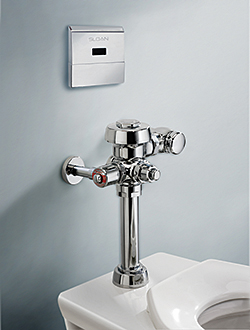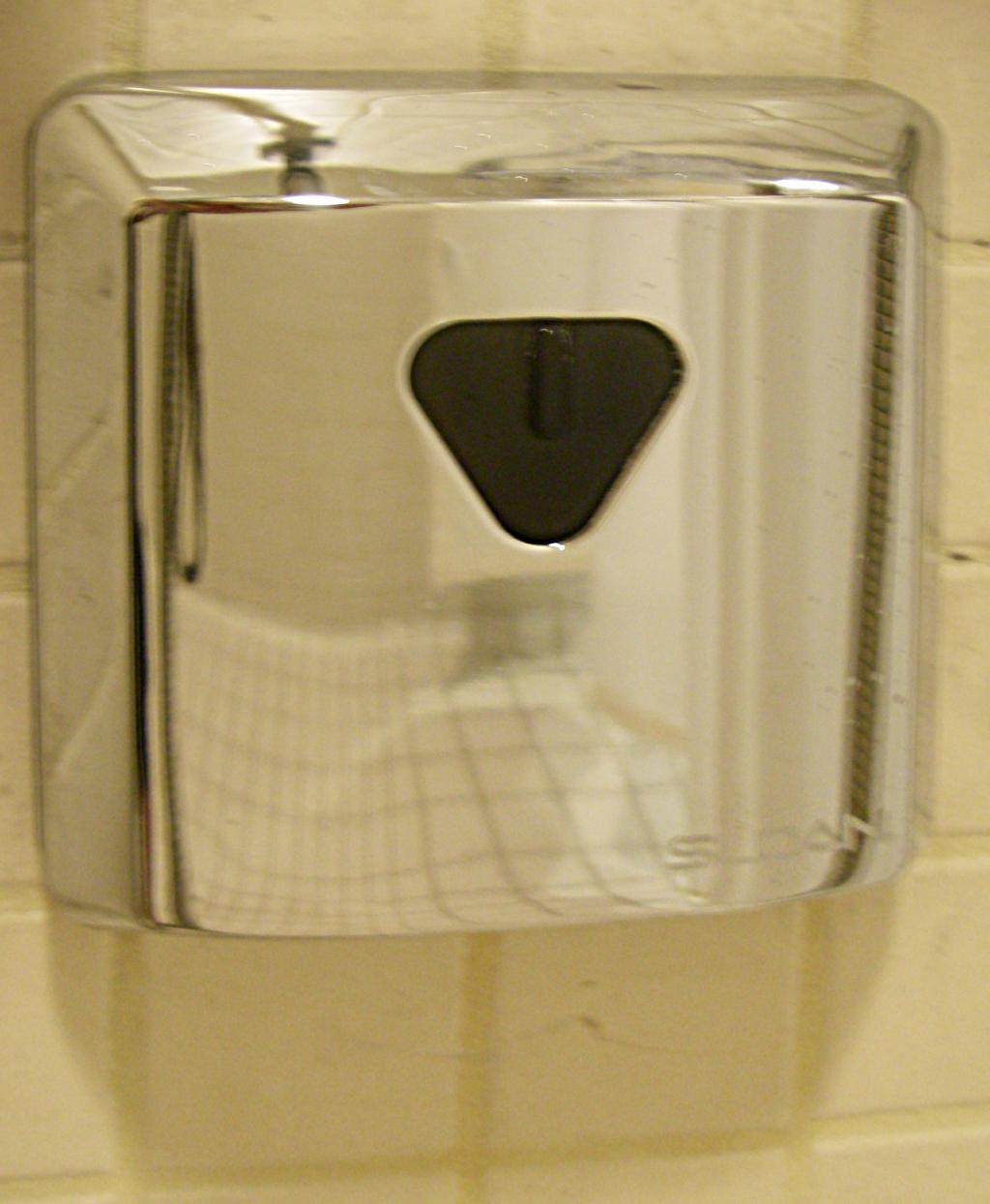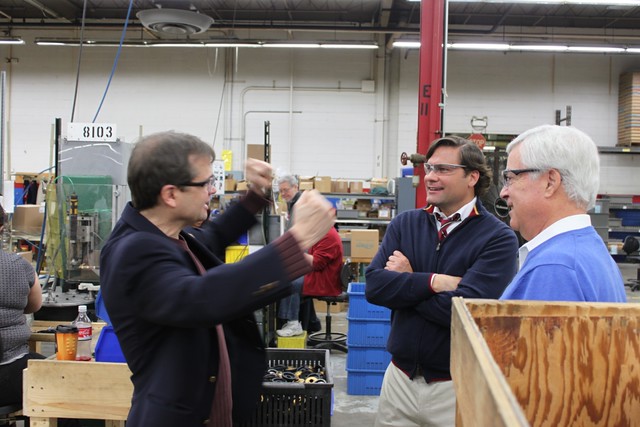Sloanvalve
Most older motorcycles have a fuel petcock valve mounted on or nearby the fuel tank to control the supply of gasoline. In the United Kingdom it is known as a petrol tap. Meriden Triumph Bonnevilles have two petrol taps, one on each side of the tank. The petcock typically has three positions: on, off, and reserve. The reserve position accesses the bottom portion of the fuel tank. Its functionality is especially useful on older or more basic motorcycles, which may not possess a fuel gauge. Many motorcycles now have an automatic, vacuum operated, petcock, with on and reserve as well as sometimes a prime position, which bypasses the vacuum operation and allows fuel to flow to the carburetor without the engine turning over. Another common option is to have a vacuum operated petcock with no reserve, and instead use a sensor in the tank to turn a light on when low on fuel. In most cases these will not have an off option either, and the petcock will be entirely transparent to the rider and not accessible without removing the fuel tank.
When operating a motorcycle the fuel management process often proceeds as follows: when regarding vintage motorcycles, the petcock is set to the off position when the motorcycle is not being operated. This is to eliminate fuel overflow and leakage via the carburetor. Before starting the engine the petcock is turned to the on position in order to provide gasoline to the fuel delivery system.
While operating the engine there will reach a point at which fuel consumption causes the level of gasoline in the fuel tank to fall below that which can be accessed by the petcock in the on position. At that time continued operation of the engine can be maintained. This operation is achieved by accessing the








No comments:
Post a Comment